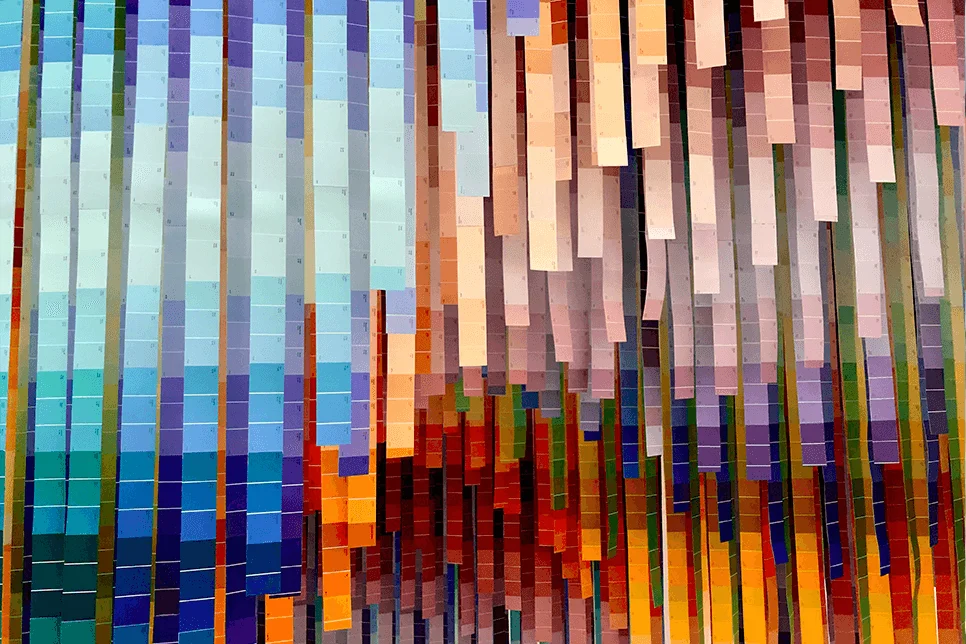Guidelines for Submitting RGB Digital Art
Please note that the RGB (Red, Green, Blue) color mode is supported as the preferred input format for color images for some journals. Please consult the editorial office or the instructions for authors for the journal to which you are submitting to determine if the preferred color mode is RGB. An overview of the RGB workflow and its requirements follows.
What does this mean for authors?
-
Images submitted in RGB form will retain the vivid reds, greens, and blues of your original digital files for online publication
-
Your electronic page proofs will reflect online quality, rather than print quality
-
Author reprints will continue to be supplied in CMYK color mode because it is a printed medium
Color space requirements
Journals today are published in two primary forms: the traditional printed journal and the online journal. As the readership of the journal shifts to the online media, the processes underlying the production of the journal must also be adjusted to meet the requirements of that media. Thus, KGL has created an “RGB workflow” that allows for images to be managed in the RGB color mode, so that the online rendering of an image contains all of the intensity and hue of the original image supplied by the author.
Those of you who have submitted digital images for publication in journals may be accustomed to the requirement for CMYK (Cyan, Magenta, Yellow, blacK) color mode. CMYK is the combination of colors that is used to reproduce the full range of color in a printed journal. It is the color mode on which printing technology and equipment are based. In contrast, an online journal and most of the digital devices used to capture images are based on the RGB (Red, Green, Blue) color mode. RGB is an additive color mode in which the full use of each of the constituent colors results in the color white; CMYK is a subtractive color mode for which the full use of each of the constituent colors results in the color black. The inherent differences in these two-color modes cause differences in the intensity and hue of colors, especially fluorescent colors.
Historically, journals solicited color in CMYK mode to ensure that color is optimized for the printed journal. For those of you who submitted color images in RGB form, your images were converted to CMYK for the production process. The colors that were affected by the conversion were the rich and vibrant blues, greens, and reds, which do not exist in the CMYK color mode. These colors experienced a loss of intensity that affected not only the printed journal, but also the online product that was derived from the files created for print production. In the RGB workflow, images supplied by authors in RGB color mode are preserved as RGB for online posting and converted to CMYK only as part of the final printing process. Thus, the loss of intensity of these colors remains for the printed product but is eliminated for the online journal.
Below is a reproduction of an image printed as CMYK and what it would look like online in RGB.

Converted to CMYK

Original RGB
Journals that have chosen to adopt the RGB workflow have changed their approach to color reproduction. For these journals, authors are requested to submit color images in RGB color mode. These images will be preserved as RGB up until the time of printing and will be posted online in their original RGB form. Using RGB color mode for online images will benefit figures that contain the fluorescent blues, reds, and greens. Therefore, the online journal will accurately reflect the true color of the images (see above) the way the author intended. For print, the images will be converted to CMYK through an automated color conversion process.





